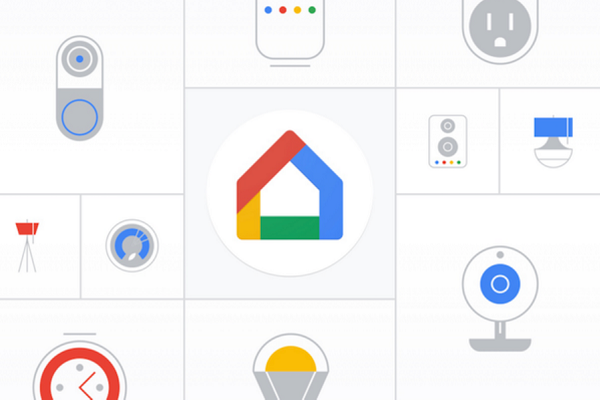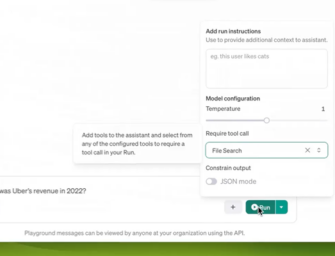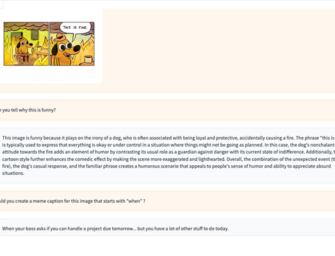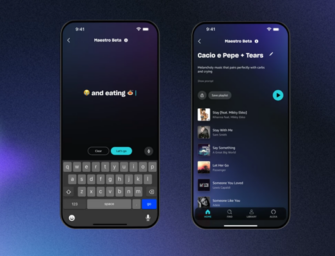On Google Home’s Third Anniversary, the Future is a Connected Nest

Google introduced the Google Home smart speaker on Nov. 4, 2016. Three years later the company is phasing out the Google Home brand entirely even as its smart home devices become more competitive than ever around the world. To mark the anniversary, we’re looking at how Google Home has evolved over the last year and Google’s smart home strategy for the future may look like.
Rebranding
The biggest change for Google Home this year was the news that it will shortly cease to exist. Google announced in April that it would rebrand all of its Google Home products as Google Nest in the near future. Google purchased smart home device maker Nest in 2014 for $3.2 billion, but only now had the company decided to combine the two product lines under one name. The Google Home smart speaker is still available, but the latest generation of smart speakers and smart displays all fall under the Google Nest umbrella, including the Google Nest Hub, Google Nest Mini, and Nest Wifi. Only the original Google Home smart speaker hasn’t had a direct successor in the Nest line.
Google’s smart home software is also changing as it integrates more fully with Nest. Where Nest devices once could operate in tandem with other platforms, connecting Google Nest products to other smart home devices now requires a Google account. It’s a change that bothers home builders who want to add a more flexible smart home platform to their projects and may annoy those who want to use the devices without joining Google’s software world. But, Google likely sees streamlining its platform support, along with increased control over the data flow through the devices, as well worth it.
Security Crisis
Concern about user data has been central to Google and its smart home line over the last year. This summer saw Google Home caught up in investigations over how its recordings were handled by the company. Google wasn’t alone in facing a furor over company contractors listening to snippets of audio recorded by voice assistants, including those made inadvertently. Each company responded with changes of some kind. For Google, those changes included turning the audio review system into an opt-in program and updating its privacy policy to clarify its quality control system.
Then, in October more than 80% of third-party Google Actions went down for up to four days ahead of a researcher publishing about a potential security breach. in order to ensure no users were compromised. The sudden removal to address the issue despite Google having learned about the issue months earlier left many developers and users feeling more than a little upset.
Celebrity Voices
Still, those in the Google Home / Google Nest ecosystem have seen plenty of improvements and additions over the last year. The early stages of a potentially very popular trend kicked off this year when Google started experimenting with incorporating celebrity voices. In April, John Legend lent his voice to Google Assistant on Google’s smart home devices. Users could pick the artist as their voice of choice and he would answer some questions using pre-recorded soundbites as well as through Google’s WaveNet speech synthesis technology. In October, comedian Issa Rae became another cameo voice for Google Assistant, answering some questions posed by users to their Google smart speakers.
Beyond just celebrity cameos, Google has included more options for its international voices this year. Google Assistant users of seven languages and two non-American English dialects, now have a second option for the voice the digital assistant uses. That feature goes well with the companies efforts to extend the availability of its new devices to more countries where Google Home is already available.
Flexible Future
Google’s strategy for the Google Nest line of products can be predicted based on its latest features and the rumors of what is to come. The company wants to embed its hardware and software into people’s homes and lives as much as possible. Google’s short-term plan for accomplishing that goal was on display at the Made by Google event last month. The Nest Wifi is not just a new router, it comes with Google Assistant built-in, while the Nest Mini not only updates the Google Home Mini, it does so at a price point equal to the Amazon Echo Dot. People who just want a good router or a cheaper smart speaker will find it easier to create a smart home with Google as the foundation once they’ve started with the brand. On the platform side, Google recently added the ability to transfer audio and video between devices just by making a request to Google Assistant. As an additional enticement, Google added more media to play around the home last week when it integrated SiriusXM streaming channels into Google Nest devices.
Google has tested out a lot of ideas in the three years since Google Home first came out. But, while the name has changed and the product library has grown, Google is still pursuing the goal of becoming the dominant smart home platform. Making it easy and convenient to connect disparate devices from Nest into a Google smart home is a solid strategy that plays to the company’s strengths. There are still formidable technical and business obstacles however, not least Amazon Alexa’s prominence in some markets and a potential accuracy plateau for Google Assistant, ensure Google won’t be able to slack in innovating over the next three years either.
Follow @voicebotai Follow @erichschwartz
Made by Google Event Showcases Hearables and Smart Home Strategy
Voice Assistants Are Becoming Less Accurate, But Google Assistant is Still the Smartest: Report








